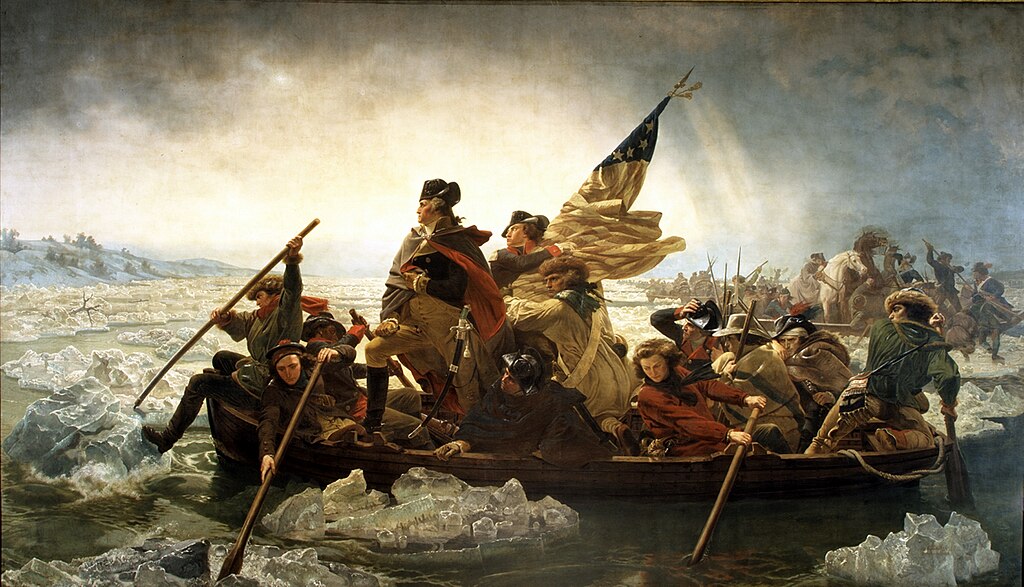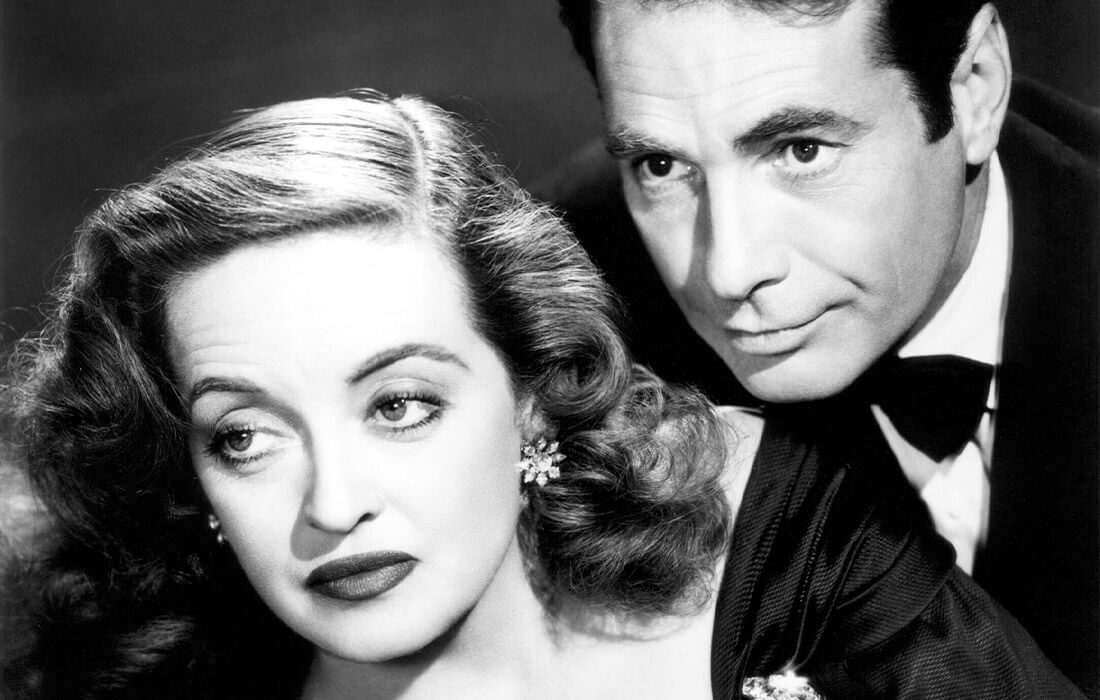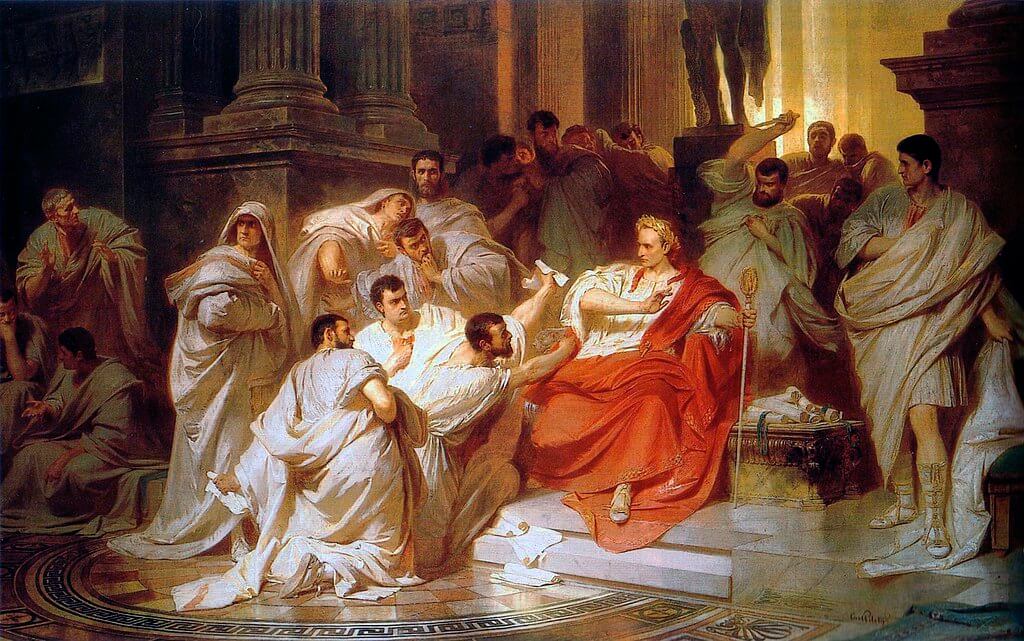
George Washington and the Delaware Crossing: A Turning Point in American Independence
The Unyielding George Washington
Born on February 22, 1732, George Washington was the first son of a prosperous Virginia planter. He grew up in a world of tobacco culture and slavery, later inheriting a plantation of his own. As he came of age, his inherent leadership abilities and strategic thinking would steer him toward a career in military and political service. His acumen was not limited to these fields alone, however. Washington was a visionary who realized early on the importance of a united front in the face of a foreign power. His rise to fame, however, would come from his pivotal role in the American Revolution.
The Dawn of Revolution
As tensions between the American colonies and Great Britain escalated, leading to the outbreak of the American Revolutionary War in 1775, George Washington was appointed as the Commander-in-Chief of the Continental Army. It was a role that would test his mettle in the most extreme of ways. He was tasked with leading a fledgling, under-equipped, and untrained force against the might of the British Empire. The early years of the war were fraught with challenges and losses, but Washington’s unyielding spirit kept the American cause alive.
Night of the Crossing
One of the most critical moments of the war came on Christmas night, 1776. Washington, sensing a unique opportunity, led his weary and frostbitten troops across the icy Delaware River. It was a daring and dangerous move. The river was choked with ice and the weather was bitterly cold. Yet, Washington’s audacious plan was to surprise the Hessian forces (German mercenaries allied with the British) who were garrisoned at Trenton, New Jersey.
Surprise at Trenton
Washington’s bold plan was executed with remarkable success. After successfully crossing the river, his troops marched nine miles to Trenton, launching a surprise attack on the Hessian forces on the morning of December 26. The attack resulted in a resounding American victory, with the capture of over 900 enemy soldiers. This victory served as a much-needed morale booster for Washington’s troops and the American people, reinvigorating the revolutionary cause.
Leutze’s Iconic Portrait
German American artist Emanuel Leutze captured the spirit of Washington’s crossing in his 1851 painting. The artwork depicted a heroic George Washington leading his men through icy Delaware, an image that has become synonymous with American resilience and determination. Though the painting was not a historically accurate representation (it showed a flag not yet created and a boat too small to carry a horse), its power lies in the emotion it stirs, embodying the courage and determination that defined the American Revolution.
Legacy of the Crossing and the Painting
Washington’s crossing of Delaware and the subsequent victory at Trenton are remembered as a turning point in the American Revolutionary War. It was not just a military victory, but a testament to the indomitable spirit of a nation fighting for independence. Leutze’s painting, in its own right, has become an enduring symbol of that spirit. It encapsulates a moment in time when the odds were stacked against the American colonies, yet they persevered, reminding us of the power of resilience, audacity, and unity. The crossing, the victory, and the painting collectively reflect a defining moment in American history and the foundational values upon which the United States was built.
Quiz: The Metropolitan Museum of Art Uncovered





